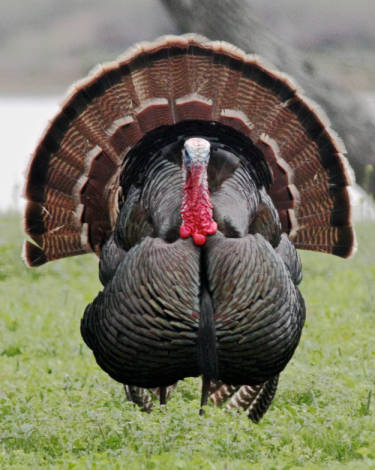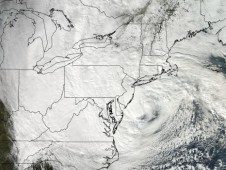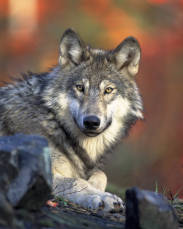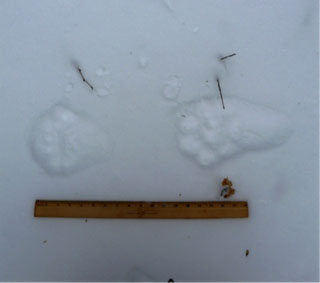 The New York State Department of Environmental Conservation’s Wildlife Health Unit is asking turkey hunters to be on the lookout for lymphoproliferative disease virus (LPDV). The virus, which causes lesions similar to the ones seen in the oh-so-common avian pox, was first confirmed in New York this spring.
The New York State Department of Environmental Conservation’s Wildlife Health Unit is asking turkey hunters to be on the lookout for lymphoproliferative disease virus (LPDV). The virus, which causes lesions similar to the ones seen in the oh-so-common avian pox, was first confirmed in New York this spring.
Perhaps because of its resemblance to avian pox, LPDV has only been discovered in wild turkeys in the United States recently, when it had previously only been known in domestic turkeys in the United Kingdom and the Middle East, according to the quarterly newsletter from the Southeastern Cooperative Wildlife Disease Study. The newsletter also suggests that LPDV is more likely to cause lesions or nodules on a turkey’s legs or feet than the more common avian pox is.
Read the NYS DEC’s first request for more information on LPDV, here. (2nd item)
Read the department’s more recent request, here.
Read the Southern Cooperative Wildlife Disease Study Briefs, here. It includes some details about what LPDV looks like under a microscope.
There will be no State Wildlife Research News on Thursday or Friday of this week because of the holiday. Have a very happy Thanksgiving!
Photo: a healthy Rio Grande wild turkey, photographed by Robert Burton, courtesy of US Fish and Wildlife and the Texas Parks and Wildlife Department. (For a photo of LPDV, see the NYS DEC write-up or the newsletter, but don’t say we didn’t warn you.)






